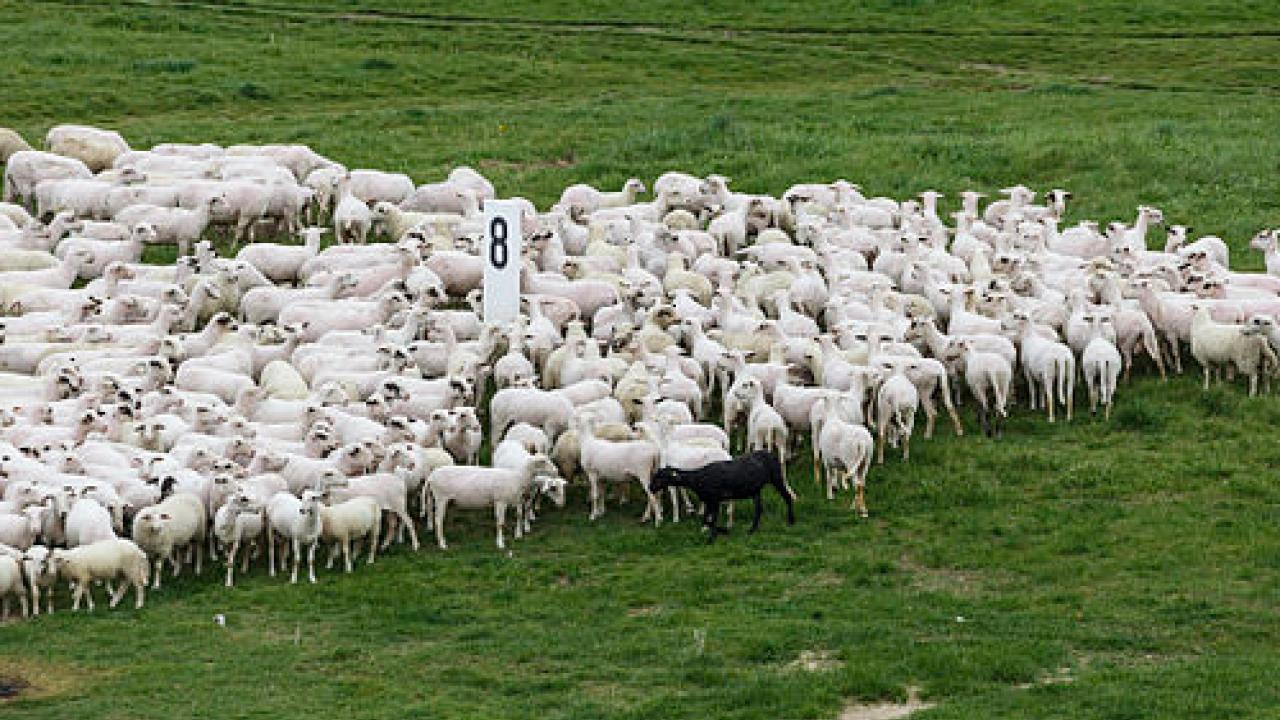
Many animals move in packs, not because they like being together, but in order to reduce the risk of deadly attacks by predators. Biologists had long theorized that risk reduction was an important reason for packs, but now concrete proof has been discovered, via a flock of sheep wearing GPS locators. This is only one of the discoveries that Stephen Hailes, Director of Computer Science at the University College of London, presented at an ICTP workshop on open source solutions for hardware and for software used for the Internet of Things (IoT).
The British scholar, whose research interests focus on information technology security and on sensor systems and mobile devices, has been working for years on different interdisciplinary projects with the aim to prove the scientific advantages of the use of sensors and wearable electronic devices, especially in the realm of animal biology. Hailes has collaborated with other scientists to conduct studies on not only sheep, but also wild dogs, leopards, baboons, and birds. For example, the team precisely identified how ibises utilize the mechanism of flight in a V shape to take advantage of air fluxes, in an article published by Nature in 2014.
This work on behavioral monitoring and analysis of wild species relates to both medical and basic research purposes, especially when it comes to understanding the epidemiological implications of infections. The “Internet of Animals” relates to all of these as well, as one of the latest frontiers of the Internet of Things.
Devices like microphones, accelerometers, GPS trackers, sensors that measure skin conductivity and temperature: these are only a few of the tools in the technological array increasingly used by animal breeders. With them, breeders around the world trace and follow the movement of flocks and herds. Girdles, ankle bands, and other electronic devices assist the breeders streamline their business, but there are also other interesting developments in basic research that may be useful to improve strategies of the assistance and protection of animals.
Hailes illustrated his research at the workshop “Open Source Solutions for the Internet of Things”, which was held at ICTP from 26 June to 7 July 2017. For two weeks, with a very interactive and practical approach, professors and academics presented to students from developing countries. The presenters came from all over the world, in particular Great Britain, France, South Africa, the Netherlands, Spain and Japan. The displayed IoT solutions aim to be sustainable, low cost, and open access, with no restrictions on the software.
ICTP researcher Marco Zennaro, a co-organizer of the conference, says “This workshop covered many of the aspects to consider when planning the construction of an IoT network, such as low frequency wireless access, sensors and their calibration, energy efficiency, and privacy issues.”
The classes were held at ICTP's SciFabLab. The workshop was organized by ICTP, along with the University College of London and the University of Western Cape in South Africa. It also eceived support by the International Telecommunication Union, the Internet Society, the RIPE Network Coordination Centre, and by Acm Sigcomm (http://www.sigcomm.org/).
















